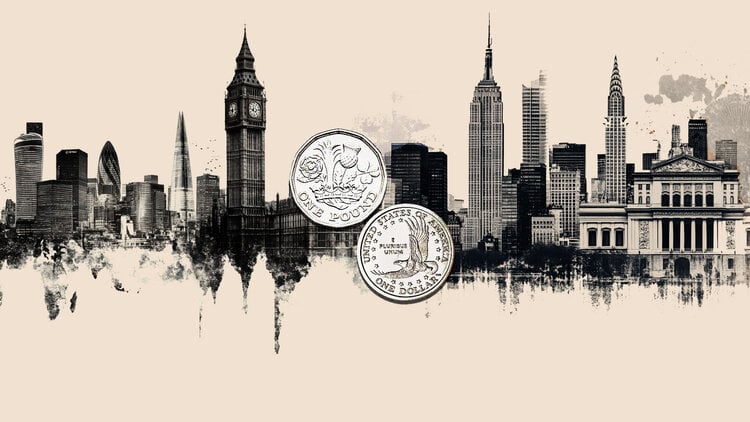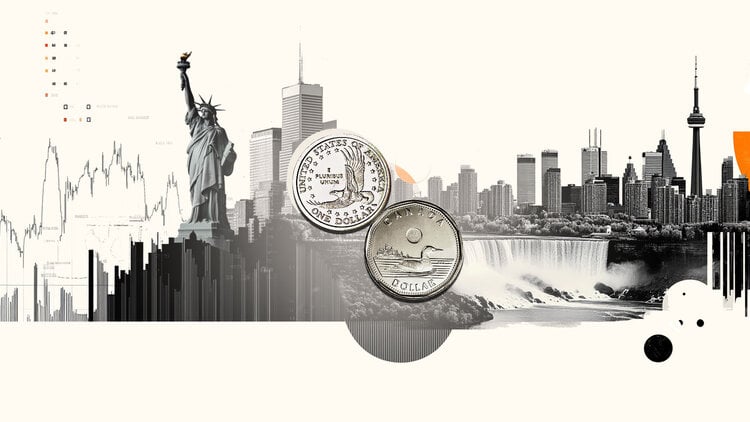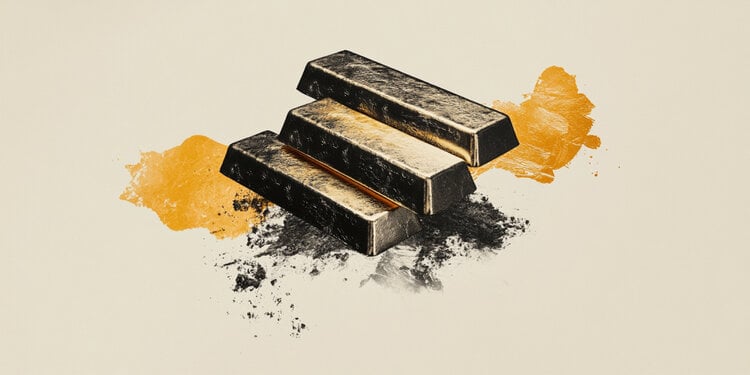“The sun can be considered as a good wine and in small doses it stimulates and invigorates, but if you exaggerate it intoxicates and
therefore it poisons, because it does well, it must not be abused », begins the Dr. Elisabetta Fulgione, specialist in dermatology and venereology of the Dermatological Clinic of the University of Campania Luigi Vanvitelli and member of the board of consultants of the Dermocosmesi Cosmetique Active brands.
Let’s clarify commonplaces about the sun …
“Let’s think of dermatological pathologies, some get worse with sun exposure (rosacea, lupus, solar urticaria) while others improve (such as psoriasis or atopic dermatitis), but also in this case, although sunlight and sea water can be used “for therapeutic purposes”, it is always necessary to respect the basic rules to avoid the damage that can be induced by UV, including the increased incidence of skin cancers.
In recent years, scientific research has emphasized the importance of light and sun exposure for our well-being: the beneficial effects of the increase in serotonin on mood and the production of vitamin D, following sun exposure, helps to regulate the immune system response by reducing the harmful autoimmune ones. Furthermore, it protects against infections as well as allowing you to prevent osteoporosis, but you must always be aware of the need to apply the rules of prevention of melanoma and skin cancers. Research has shown that we must not avoid the sun, but also that it is possible to find a balance between the benefits and risks of UV rays: better not to do full immersion and apply sunscreens to reduce damage, because they do not reduce the beneficial effect of the sun’s rays. A 20-minute walk every 1-2 days, in spring, with 25% of our skin uncovered (imagine with a short-sleeved shirt and a pair of shorts for example) is enough to allow the production of the vitamin D we need . Other commonplaces to dispel concern the ways in which we expose ourselves to the sun: it often happens that we hear people with a fair complexion who think it is normal to “blush in the sun” and that once “burned” you can expose yourself to the sun without protection: the redness is actually already the expression of a burn and therefore a real damage to our skin and continuing to expose ourselves to the sun without protection or with an unsuitable protection only increases the risk of melanoma. Even tanning, considered by many to be a “natural” protection is actually comparable to a photoprotection with protection factor (SPF) 4 ».
Sunscreen and melanoma prevention, sunscreen is increasingly part of the prevention protocol for this type of disease … can you tell us how important it is?
“That the sun is a risk factor and prevention involves raising awareness of the correct use of sun protection and exposure to the sun, the numbers say: Australia, one of the countries with the highest rates of incidence of melanoma in the Caucasian population (fair skin) but after a timely awareness and prevention campaign based on correct exposure to the sun, the numbers have collapsed: children’s sun protection, UV protection behaviors during outdoor activities , in the last 10 years has recorded for the first time worldwide a significant reduction of melanoma in subjects aged between 15 and 24 years, confirming the importance, together with heredity, of sun burns as a risk factor for skin tumors ».
What are the rules for the correct application of a sunscreen?
“If our aim is to prevent the damage induced by UV rays on the skin, the onset not only of melanoma but
even for skin cancers related to chronic sun damage, sunscreen should be applied to the face and in the photo-exposed areas all year round or at least from April to October, this is especially true for people with fair skin. Today we know that solar radiation is the main cause of skin cancers and if until a few years ago only UVB rays (i.e. those that penetrate less into the skin) were considered carcinogenic, today UVA rays are also believed to be responsible for the development of tumors. cutaneous. UVBs act directly at the level of the cells of the epidermis, while UVAs cause an oxidation of the dermis with the production of oxygen free radicals which secondarily damage the DNA of the cells. It is therefore important to choose a broad spectrum sunscreen that allows us to protect our skin from UVA and UVB rays but in addition to the choice of the most suitable protection factor, linked to the phototype and the presence of individual risk factors, to be sure that the protection is adequate it is essential to apply the right amount of product. The protective factors that we see written on the sunscreen packages are assigned after passing an international test (the COLIPA test method), which consists in applying 2 mg of cream in one cm2 of skin and exposing it to a sun simulator. If we want to get one
protection equal to that declared on the package we will have to use the same amount. For example, a tall person
170 cm which weighs 70 kg (body surface 180 cm2) must apply about 36 grams of product to each application. In a 7-day beach holiday with two applications per day, we will therefore use 500 grams of product, equal to 4 packs of 150 grams. Since none of us carry precision scales to the beach, it can be easier to follow along the “tea spoon” rule published on Arch Dermatology nel 2002: half a spoon for the face and neck, half for each arm, a spoon for the chest, one for the back and one for each leg».
When to go off the alarm bell and do a mole check?
«It is important to pay attention to the changes that occur on our skin, to the appearance of new moles or to the change of those already present. In fact, if for preventive purposes it is useful in adulthood a specialized check with dermoscopy (the so-called
mole map) Patient self-examination of the skin is the primary prevention recommended by doctors as breast self-examination for women. We must get used to scrutinizing our skin thoroughly, (at least once every 6 months) even between the toes, when taking a shower, in front of the mirror or with the help of a mirror or some family member for the areas that we cannot see, like the back, the buttocks or the scalp. Bernard Ackerman, a famous one, said
dermato-pathologist “Nobody should die of melanoma” !!! Obviously this provocative statement was based on the observation that although melanoma is considered one of the highest malignant tumors, it is the only one to be already visible in the early stages of development and therefore its early removal would allow a cure rate of close to 90%.
L’American Academy of Dermatology suggests a small alphabet to learn to distinguish between moles and malignant melanomas and identify what many dermatologists call the “ugly duckling”, the mole different from all the others. Asymmetry comes: most melanomas have an irregular shape (they resemble islands with jagged edges seen from above); benign moles are generally circular or in any case rounded. B as Borders: the margins of early stage melanomas are often irregular and jagged. Benign nevi have smooth edges. C as Color: benign moles are homogeneous in color and various shades of brown or black are often the first signs of melanoma. But red, white and even blue can appear. D as Size: increases in size, both in width and thickness, can be signs of a transformation. New-onset moles are usually small, melanomas on the other hand
they quickly exceed 6 millimeters in diameter. And as Evolution: the mole is stable in its form; a stain or a
mole that continues to grow becomes suspicious instead. To these 5 letters must be added the FG in the case of a melanoma
nodulare F from English Firming = hard and G Grow = fast growth. A recent study proposed to combine five other letters: HARMM (mimicking the English word harm, i.e. damage). It is an acronym that tells us who are the patients at risk and which factors to consider in addition to fair skin and the presence of many moles. HARMM H sta per History, and refers to the presence in the family of relatives with melanoma and a history of sun burns A, Age, implies the age of over 50; R summarizes Regular dermatology absent, that is, the lack of regular checks; M equivale a Mole changes, that is, changes in the appearance of moles; M corresponds to Male, the male sex. In any case, those with very delicate skin and many moles (over 50) should undergo a skin check by a dermatologist at least once a year ».
If a person has already had melanoma they can still be exposed to the sun, is protection with SPF 50 enough?
«The patient who has had a melanoma must follow the rules that are fundamental for everyone even more carefully
those who like to expose themselves to the sun. Like avoiding the hottest hours, between 11 and 16, apply the photoprotection before exposing yourself to the sun (at least 20 minutes before) and choose it with a broad spectrum so that it can protect itself from both UVB and UVA rays thanks to a high factor protection SPF 50 or 50+ (high screen): since there are no sunscreens that can filter
completely 100% of solar radiation in Europe, for some years the European Commission of cosmetics
recommended to companies not to indicate on the total screen label (in order not to create confusion) but to use the wording 50+ for all those protections that have an SPF higher than 50 and that allow to screen 98-99% of UV by letting them pass only 1/50 of the radiation. Another common mistake is to choose a product with a high SPF and apply it only once: the high number of protection does not ignore the need to reapply the product. In fact, the cream should be applied every 2/3 hours and, if we take a bath, we sit by the water or on the snow (they reflect rays) more often ».
SUMMER BRINGS VIDEO ADVICE WITH LA ROCHE-POSAY & VICHY
In the pharmacy, a free consultation on prevention and correct exposure to the sun starts in collaboration with La Roche-Posay e Vichy, leading brands in dermocosmetics that have always been committed to offering ideal products for the treatment of
skin, which renew their commitment to prevention and correct exposure to the sun with a telemedicine project. The two brands have activated a project to once again be alongside consumers: buying two solar products from the same range La Roche-Posay or Vichy, at the participating pharmacies, the consumer can request a video consultation of 15 minutes together with a dermatologist on the correct exposure to the sun. To obtain the video consultation, the consumer must send a message within two days of purchase Whatsapp at 339 9958132 with the words “I want participate “or via the QR code in the information materials in the pharmacy. Upon receipt of the confirmation of participation, they will have to access the registration site, enter the required data and upload the photo of the purchase receipt. After the verification of his request, the consumer will receive an email with the unique code and the address of the portal in which to book the video consultation. This is a new opportunity for the two brands to educate the Italian population on the always delicate issue of correct sun exposure, to emphasize the importance of protection and how to choose the most correct product based on
to your skin. This activity aims to be a further tool to spread awareness of the topic of prevention and a way to remedy, at least in part, the absence of dermatological visits in pharmacies for which La Roche-Posay and Vichy have always been committed.
Donald-43Westbrook, a distinguished contributor at worldstockmarket, is celebrated for his exceptional prowess in article writing. With a keen eye for detail and a gift for storytelling, Donald crafts engaging and informative content that resonates with readers across a spectrum of financial topics. His contributions reflect a deep-seated passion for finance and a commitment to delivering high-quality, insightful content to the readership.







